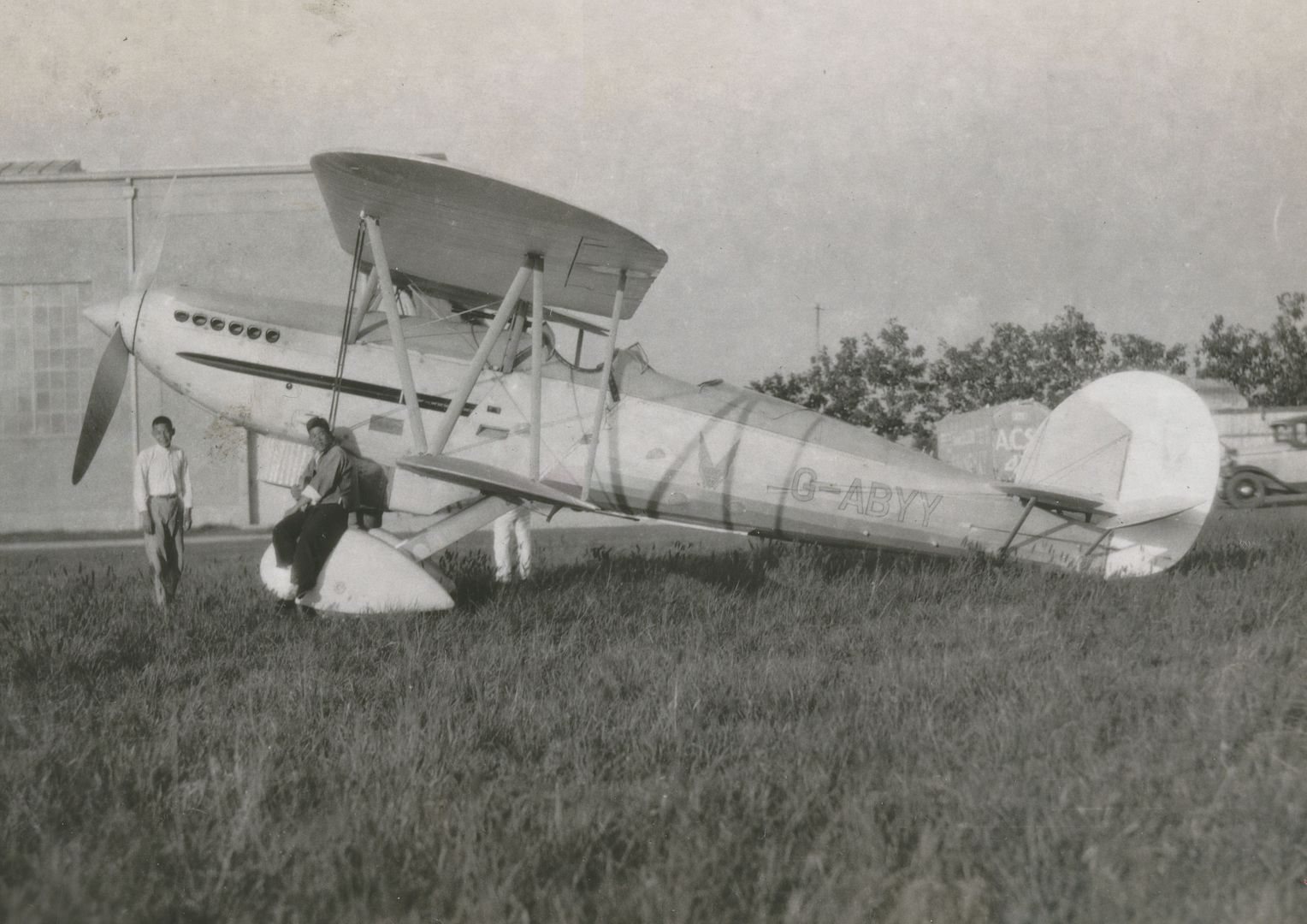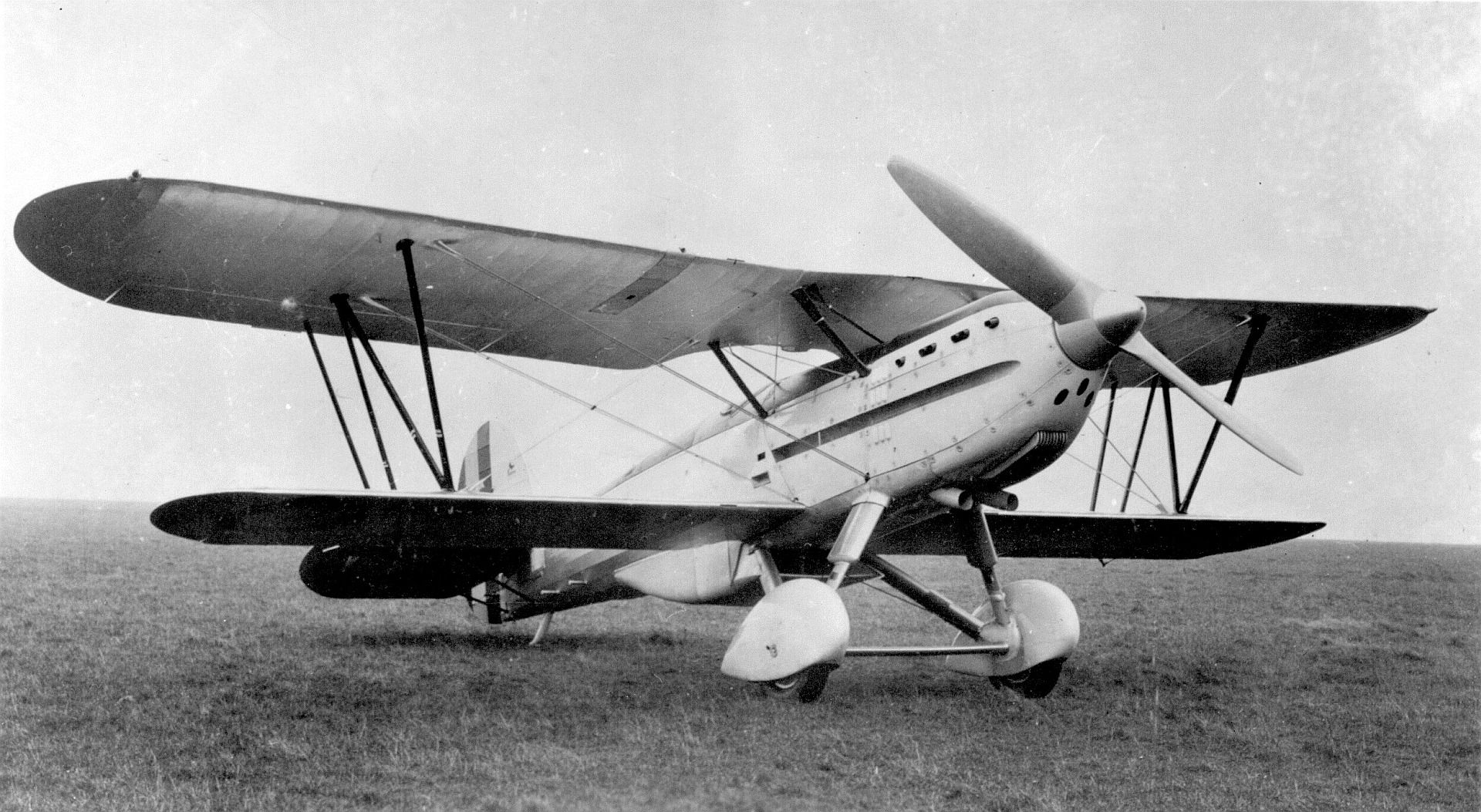Forums
- Forums
- Duggy's Reference Hangar
- RAF Library
- Fairey Fox
Fairey Fox
Post a reply
- Go to Previous topic
- Go to Next topic
- Go to Welcome
- Go to Introduce Yourself
- Go to General Discussion
- Go to Screenshots, Images and Videos
- Go to Off topic
- Go to Works in Progress
- Go to Skinning Tips / Tutorials
- Go to Skin Requests
- Go to IJAAF Library
- Go to Luftwaffe Library
- Go to RAF Library
- Go to USAAF / USN Library
- Go to Misc Library
- Go to The Ops Room
- Go to Made in Germany
- Go to Campaigns and Missions
- Go to Works in Progress
- Go to Juri's Air-Raid Shelter
- Go to Campaigns and Missions
- Go to Works in Progress
- Go to Skinpacks
- Go to External Projects Discussion
- Go to Books & Resources
-
7 years agoSun Mar 17 2024, 12:30pmDuggy
 Main AdminDevelopment and design
Main AdminDevelopment and design
Fox I
In 1923, Charles Richard Fairey, founder and chief designer of Fairey Aviation, disappointed with his Fawn bomber, which owing to the constraints of Air Ministry specifications, was slower than the Airco DH.9A which it was meant to replace while carrying no greater bombload, conceived the idea of a private venture bomber not subject to official limitations, which could demonstrate superior performance and handling. On seeing the Curtiss CR, powered by a Curtiss D-12 V-12 liquid-cooled engine of low frontal area and in a low drag installation, win the 1923 Schneider Trophy race, Fairey realised that this engine would be well suited to a new bomber and acquired an example of the engine and a licence for production.
Fairey commenced design of a bomber around this engine, with detailed design carried out by a team at first led by Frank Duncanson and then by the Belgian Marcel Lobelle. The resultant aircraft, the Fairey Fox, was a single-bay biplane with highly staggered wings, with a composite wood and metal structure. The Curtiss D-12 was installed in a closely cowled tractor installation, with one radiator mounted on the underside of the upper wing, and a second retractable radiator that could be wound in and out of the fuselage as required. Pilot and gunner sat close together in two tandem cockpits, with the gunner armed with a Lewis gun on a specially designed high-speed gun mounting that allowed the gun to be stowed to reduce drag, with the pilot armed with a single synchronised Vickers machine gun. Up to 460 lb of bombs could be carried under the wings, aimed by the gunner whose seat folded to allow use of a bombsight.
The prototype Fox first flew at RAF Hendon on 3 January 1925, piloted by Norman Macmillan, quickly demonstrating good performance and handling. Despite this, there was much resistance to the new bomber within the Air Ministry, with the Fox not designed to an official specification and having several features, such as fuel tanks within the fuselage, that went against official norm, and most importantly, it featured an American engine. However, on seeing the prototype Fox being demonstrated on 28 July 1925, Air Chief Marshal Hugh Trenchard, the Chief of the Air Staff, announced that "Mr Fairey, I have decided to order a squadron of these machines", thus shortcutting official channels, an initial order for 18 Foxes following.
Second generation Foxes
In 1926, the Air Ministry drew up Specification 12/26 for a new light-bomber for the Royal Air Force. This time, unlike previous specifications, high performance was stressed, and many of the overly prescriptive elements which had previously limited performance removed. At first, Fairey was not informed of the new specification, and only received a copy after protesting to the Air Ministry. To meet this requirement, Lobelle's team designed the Fox IIM, an effectively all-new aircraft with a metal structure as demanded by the Specification, and powered by a Rolls-Royce F.XIB (later named the Rolls-Royce Kestrel. It first flew on 25 October 1929. The competing Hawker Hart and Avro Antelope prototypes had been flying for over a year by this time and the Hart had received an initial production order in June 1929. Although the Fox IIM was not wanted by the RAF, Fairey demonstrated it to the Belgian Air Force, which had a requirement for a light bomber to replace its Breguet 19 and which had already purchased Fairey Firefly II fighters from Fairey which had also set up a Belgian subsidiary, Avions Fairey, to build the Firefly. The Fox IIM was successful, winning an initial order for 12 Fox II reconnaissance aircraft to be built in England, with further production to come from Avions Fairey.
Operational history
The Fox entered service with No. 12 Squadron RAF in June 1926. The Fox proved to have spectacular performance, being 50 mph (80 km/h) faster than the Fairey Fawns that it replaced in 12 Squadron, and as fast as contemporary fighters. Such was the performance of the Fox that 12 Squadron was instructed to fly no faster than 140 mph (225 km/h) during annual Air Defence Exercises in order to give the defending fighters a chance. Despite this, no further RAF squadrons were equipped with the Fox, and only 28 were purchased in total, with later aircraft being powered by the Kestrel engine and surviving Curtiss engined aircraft being re-fitted with the Kestrel. 12 Squadron, which later adopted a fox's mask as squadron badge in memory of their sole usage of the aircraft, remained equipped with the Fox until 1931, being finally replaced by the Hawker Hart. Foxes remained in use as dual control trainers at the Royal Air Force College Cranwell until 1933.
Two superannuated Fox Mk.Is took part in the 1934 MacRobertson Air Race from London to Melbourne. One of them occasioned the only fatalities of the race when it crashed in Italy. The other, commanded by Australian Ray Parer (a veteran of the 1919 England to Australia Air Race), had struggled no further than Paris when news came through that the race winner had completed the course. Parer and co-pilot Geoff Hemsworth continued an epic and eventful journey, taking nearly four months to reach Melbourne.
The first Fox IIs entered service with the Belgian Air Force in early 1932 as a reconnaissance aircraft, with one winning the "Circuit of the Alps" race for two-seat military aircraft at the 1932 Zurich Aviation meeting. The Fox continued in production at Avions Fairey at Gosselies for much of the 1930s, forming the backbone of the Belgian Air Force, being used as reconnaissance, reconnaissance-bomber and two-seater fighters. Later aircraft were fitted with enclosed canopies and more powerful Hispano-Suiza 12Y engines.
Over 100 Foxes were still in front-line service with the Belgian Air Force at the time of the German invasion on 10 May 1940. Although massively outclassed by the aircraft of the Luftwaffe they flew about 75 sorties and even claimed one kill of a Messerschmitt Bf 109.
Specifications (Fairey Fox VIR)
General characteristics
Crew: two
Length: 30 ft 9 in (9.38 m)
Wingspan: 37 ft 11 in (11.56 m)
Height: 11 ft 6? in (3.52 m)
Wing area: 362 ft? (33.7 m?)
Empty weight: 2,920 lb (1,327 kg)
Loaded weight: 5,170 lb (2,350 kg)
Powerplant: 1 ? Hispano-Suiza 12 Ybrs liquid-cooled V12 engine, 860 hp (640 kW)
Performance
Maximum speed: 224 mph (195 knots, 361 km/h) at 13,100 ft (4,000 m)
Range: 634 mi[38] (551 nmi, 1,020 km)
Service ceiling: 32,800 ft (10,000 m)
Climb to 16,400 ft (5,000 m): 6.5 min
Climb to 19,700 ft (6,000 m): 8.35 min
Armament
Guns: 2 ? forward firing machine guns and 1 ? rear gun
Bombs: 220 lb (100 kg)

_in_flight.jpg?width=1920&height=1080&fit=bounds)







Post a reply
- Go to Previous topic
- Go to Next topic
- Go to Welcome
- Go to Introduce Yourself
- Go to General Discussion
- Go to Screenshots, Images and Videos
- Go to Off topic
- Go to Works in Progress
- Go to Skinning Tips / Tutorials
- Go to Skin Requests
- Go to IJAAF Library
- Go to Luftwaffe Library
- Go to RAF Library
- Go to USAAF / USN Library
- Go to Misc Library
- Go to The Ops Room
- Go to Made in Germany
- Go to Campaigns and Missions
- Go to Works in Progress
- Go to Juri's Air-Raid Shelter
- Go to Campaigns and Missions
- Go to Works in Progress
- Go to Skinpacks
- Go to External Projects Discussion
- Go to Books & Resources
